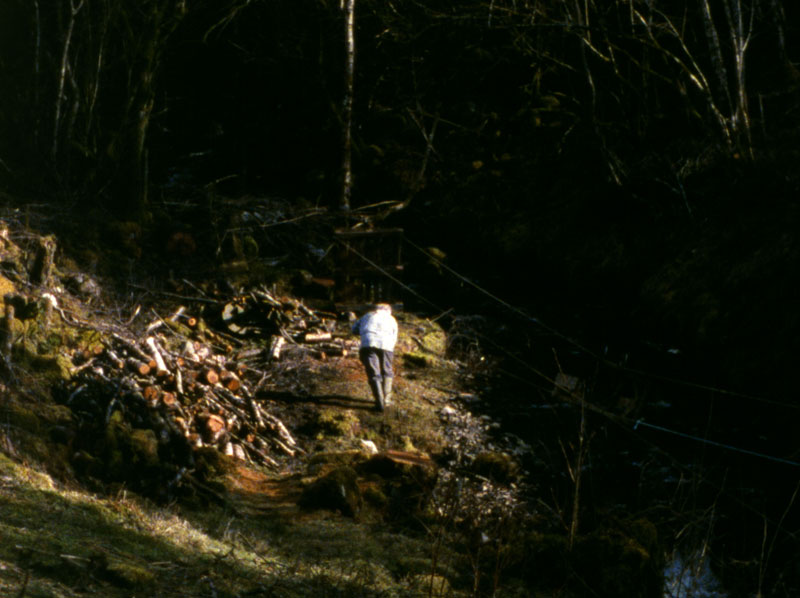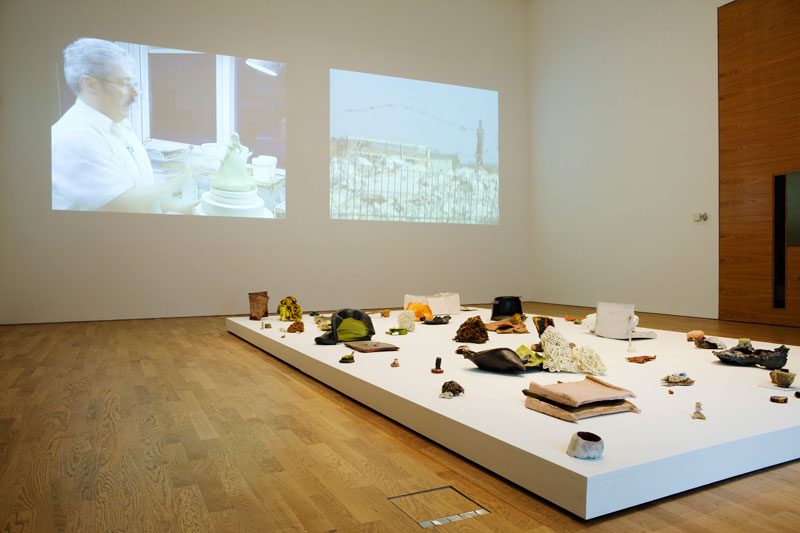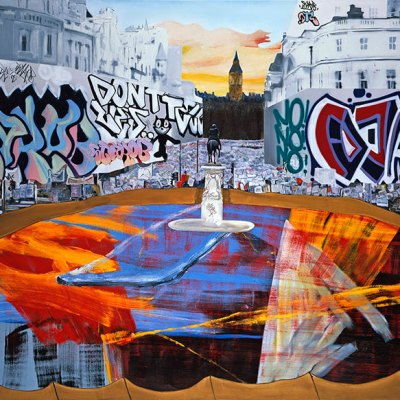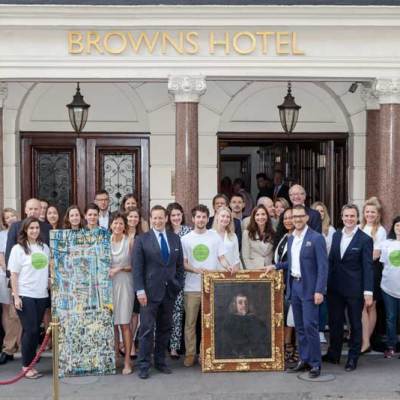Some of the most significant works to enter public collections in June
Museum of Fine Arts Boston
John Singer Sargent Archive
The MFA Boston has set up a John Singer Sargent Archive, cementing its position as a hub for the study of his work. The museum already boasts a dedicated Sargent gallery and a rare set of murals by the artist. Many of the photographs, sketches and letters in the archive are recent gifts fromRichard and Leonée Ormond, and Warren and Jan Adelson.
Rijksmuseum, Amsterdam
Bacchant, by Adriaen de Vries
‘Adriaen de Vries is the Dutch Michelangelo and his works are equally rare’, says Rijksmuseum director Wim Pijbes of this recent acquisition. The early Baroque artist’s dramatic depiction of a votary of Bacchus was rediscovered only a few years ago in a courtyard in Austria. It’s the first major work by the sculptor, who was born in The Hague in 1556, to enter a Dutch public collection.
Royal Pavilion & Museum, Brighton & Hove, and Bristol Museum & Art Gallery
Ah, Liberty! (2008) and Origin of The Species (2008), by Ben Rivers
Brighton and Bristol enlisted the help of the Contemporary Art Society for this joint acquisition. After a year-long search, the society settled on these two moving image works by the British artist Ben Rivers. Shot on 16mm film, they offer a glimpse into the lives of people existing at the margins of society.
Crystal Bridges Museum of American Art
Four works by Louise Bourgeois and one by Jasper Johns
Louise Bourgeois moved to the USA in the late 1930s and was apparently eager to see a version of her monumental sculpture, Maman (1999) placed in the country. Now her wish has been fulfilled; Crystal Bridges has acquired one of six bronze casts made from the original Tate commission, along with another sculpture, Quarantania (1947–53), and two paintings, Connecticutiana (1944–45), and Untitled (1947). In addition, the museum debuted one of Jasper Johns’s iconic Flag works on Flag Day Weekend. The piece, which consists of a flag collaged on canvas and painted over with encaustic, has been in the collection of Johns’s assistant, the artist Mark Lancaster, since its creation in 1983.
Toledo Museum of Art
Auvers, Landscape with Plough (1877), by Charles-François Daubigny
The Toledo Museum of Art sold two paintings by Daubigny in order to purchase this one, a ‘better example’ of the 19th-century artist’s work. The piece depicts the farmland surrounding Auvers-sur-Oise, just north of Paris, where the artist lived during his later years. This foreboding scene echoes the subject of Van Gogh’s Wheat Fields with Reaper, Auvers, also in the collection.
Gemeentemuseum den Haag
Spider Couple and Clouds and Caverns by Louise Bourgeois
The Gemeentemuseum acquired Bourgeois’s Cell XXVI in 2010, making it the only Dutch museum to hold one of the artist’s late works. Now the Louise Bourgeois Studio has made the museum one of its permanent partners in Europe with the offer of two major sculptures on long-term loan. Spider Couple is one of Bourgeois’s famous series inspired by her mother, a weaver and ‘spinner of yarns’. Clouds and Caverns, a spiralling structure that echoes the drawings the artist made during bouts of insomnia, has never been shown in a public institution before.
Nationalmuseum Sweden
Portrait of a Violinist (1773), Anne Vallayer-Coster
Vallayer-Coster was just 26 when she was elected to the French Academy. She was famous for her flower paintings and still lifes, two of which – Still Life with Brioche, Fruit and Vegetables (1775) and Floral Still Life (an undated miniature) – are already in the collection. But as this exquisite portrait shows, she also turned her hand successfully to other genres. This is thought to represent one of her three sisters, Madeleine, Elisabeth or Simone, and is notable for its exceptional details, such as the broken strings on the violin.
Rockwell Museum, Corning NY
The Two Kings: Corn and Cotton, by Elizabeth Remington
Remington’s painting of corn and cotton was made for the 1876 World’s Fair in Philadelphia. Depicting the key crops of the north and south of the United States, it was meant to symbolise a unified nation after years of Civil War.
Middlesbrough Institute of Modern Art (mima)
Salvage Series (2005), by Neil Brownsword
This installation adds a critical edge to mima’s renowned ceramics collection, by focusing on the waning ceramics industry. Salvage Series presents objects from old factory production lines, and asks people to reflect on how traditional skills are being lost and forgotten in post-industrial Britain.












